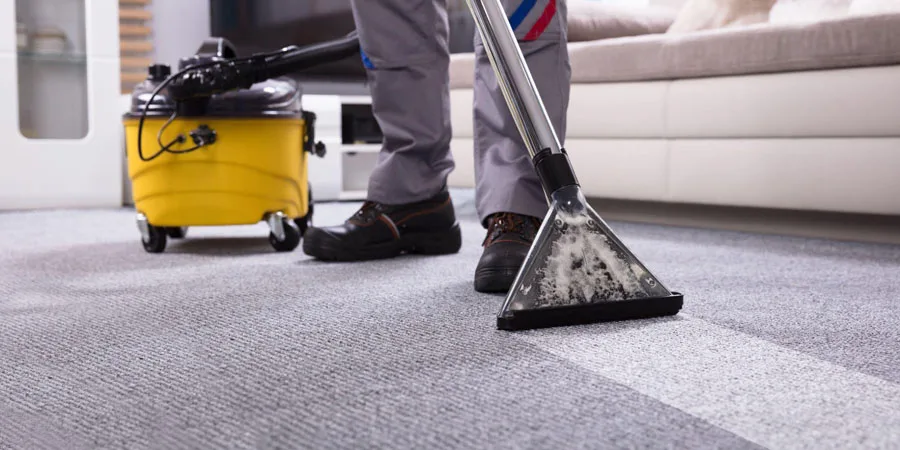Table of Contents
1. Introduction: Setting the scene for pristine
2. Exploring the cleaning arsenal: Types and applications
3. Future-forward: Market dynamics shaping cleaner choices in 2024
4. Selecting with savvy: Key considerations for cleaner purchases
5. The cream of the crop: 2024’s standout cleaning machines
6. Wrapping up: Your pathway to a cleaner tomorrow
Introduction: setting the scene for pristine
In the fast-paced world of 2024, where cleanliness and hygiene have become paramount, the selection of cleaning tools is not just about keeping spaces pristine; it’s about enhancing efficiency, ensuring health, and securing the trust of those who occupy these spaces. With technological advancements pushing the boundaries of what cleaning equipment can achieve, from deep-cleaning carpets to navigating the intricacies of varied surfaces, businesses face the challenge of choosing the best fit for their unique environments. This choice is crucial, not only for maintaining standards but also for uplifting the overall user experience, reflecting a commitment to quality and care that resonates through every corner of their operations.
Exploring the cleaning arsenal: Types and applications

Transitioning from the understanding that the right cleaning equipment significantly influences the efficiency and health standards of a space, it becomes imperative to delve into the arsenal of cleaning devices available in 2024. This exploration is not just about identifying tools but aligning them with specific needs and environments.
Diverse vacuums for varied venues
The vacuum cleaner landscape has expanded far beyond the traditional, with each type designed to meet particular challenges of space and usage. Upright vacuums, known for their powerful suction and efficiency on carpets, stand as the go-to for large, carpeted areas. They are complemented by canister vacuums, which offer versatility with their lightweight design, making them ideal for cleaning stairs, under furniture, and hard-to-reach places. On the other hand, the advent of robotic vacuums represents a leap towards autonomous cleaning, offering businesses the convenience of maintaining cleanliness without constant human intervention. These nimble machines navigate around obstacles with ease, ensuring a consistent level of cleanliness with minimal effort. Additionally, handheld vacuums address the need for quick, spot-cleaning tasks, embodying the perfect blend of convenience and portability for immediate cleanups.
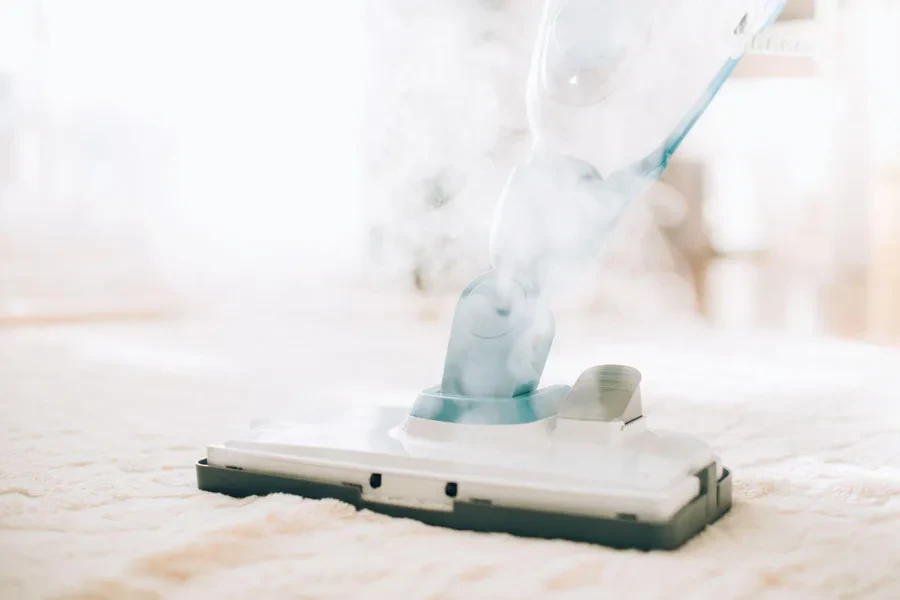
Carpet champions: Steamers vs. Shampooers
When it comes to deep-cleaning carpets, the debate often lies between steam cleaners and carpet shampooers. Steam cleaners use the power of hot water vapor to penetrate carpet fibers, dislodging dirt and debris from within, making them a formidable tool against grime without the use of chemicals. This method not only cleans but also sanitizes surfaces, killing bacteria and allergens, which is a boon for environments where health is a priority. Conversely, carpet shampooers apply a mixture of water and detergent directly onto the carpet, utilizing brushes to scrub the carpet clean. This method excels in removing stubborn stains and odors, making it ideal for locations that experience high foot traffic and the inevitable spills and stains that come with it.
Beyond the basics: Specialty cleaners for special needs
The cleaning industry in 2024 also sees the rise of specialty cleaners, designed to tackle unique cleaning challenges that standard vacuums and carpet cleaners may not address. Wet-and-dry vacuums exemplify versatility, capable of picking up both solid debris and liquid spills, making them invaluable in areas prone to spills or where water is used in cleaning processes. Furthermore, there are cleaners designed specifically for commercial use, offering enhanced power and capacity for heavy-duty cleaning tasks. These machines are built to withstand the rigors of daily use in large spaces, ensuring that they can keep up with the demands of a busy environment.
In summary, the choice of cleaning equipment is dictated by the specific needs of the space it is intended for. Whether it’s the type of surface to be cleaned, the size of the area, or the nature of the dirt or debris, there’s a cleaning solution available. As technology continues to evolve, so too does the efficiency and effectiveness of cleaning equipment, ensuring that spaces can be maintained to the highest standards of cleanliness and hygiene.
Future-forward: Market dynamics shaping cleaner choices in 2024
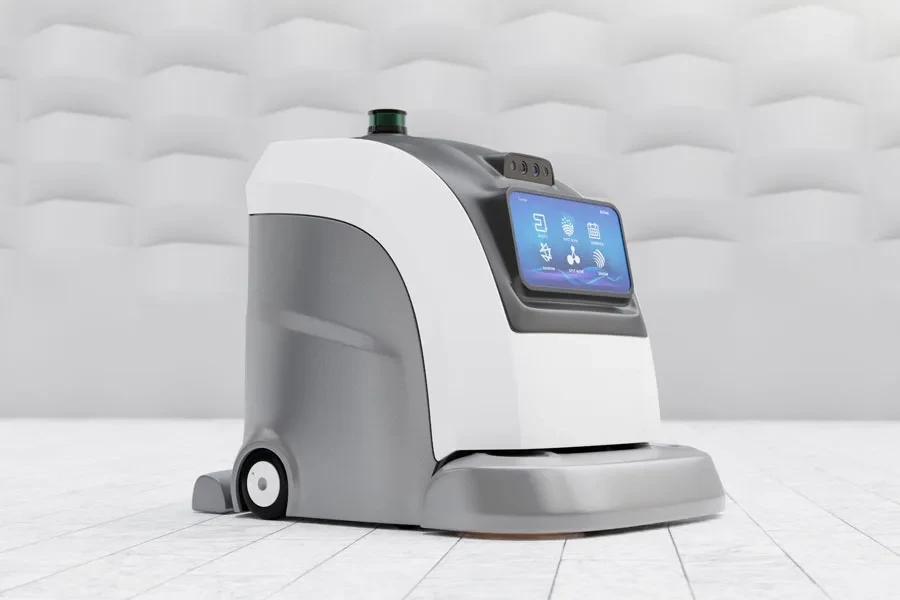
Experts currently project that the Household Cleaners market in the United States will grow at a compound annual growth rate (CAGR) of 2.74% from 2024 to 2028, leading to a market volume of US$8.89 billion by 2028. As industries march into 2024, the landscape for selecting cleaning equipment reflects a confluence of technological innovation, heightened environmental consciousness, and a keen attunement to consumer preferences. These forces not only guide the development of new products but also influence the criteria for selection by those tasked with maintaining clean and healthy environments.
Innovation infusion: Breakthroughs breathing life into cleaning
The relentless pace of technological advancement has ushered in a new era of cleaning solutions. Innovations now allow for deeper, more efficient cleaning processes that were once thought impossible. For instance, vacuum cleaners equipped with sophisticated sensors can now navigate complex spaces autonomously, adapting their cleaning patterns in real-time to achieve optimal results. Similarly, carpet cleaners have benefitted from advancements in water and detergent usage, enabling them to deliver a deeper clean without the lengthy drying times previously required. These technological strides are not merely about enhancing cleaning power; they’re also about elevating operational efficiency and extending the lifespan of cleaning equipment.
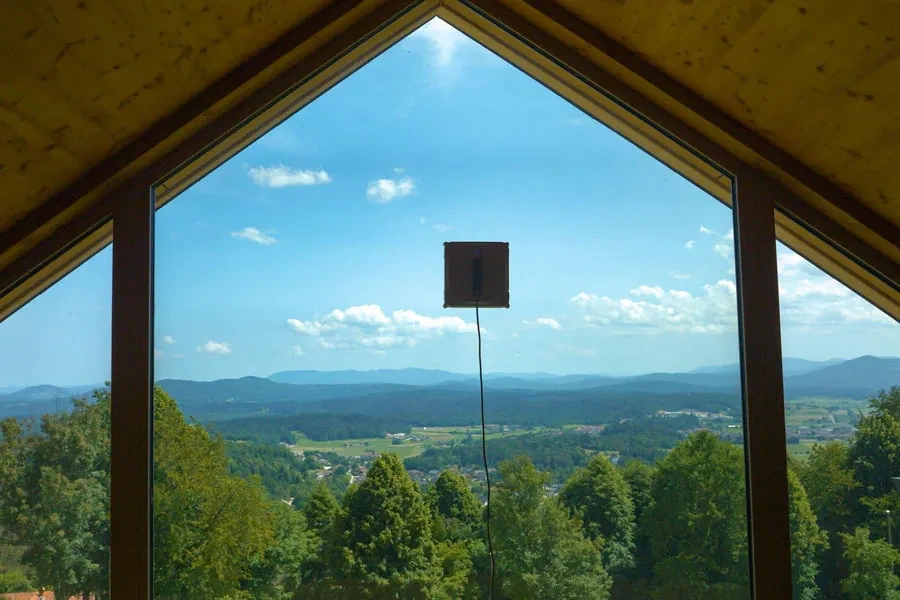
Echoing echoes: Sustainability’s resounding roar in consumer choices
Sustainability has emerged as a critical driver in the selection of cleaning equipment. In response to growing environmental concerns, manufacturers are increasingly focusing on producing devices that are not only effective but also eco-friendly. This includes equipment that consumes less power, uses fewer chemicals, and is made from recycled or sustainably sourced materials. The trend toward sustainability is not a fleeting one; it reflects a broader shift in societal values towards environmental stewardship, compelling businesses to consider the ecological impact of their cleaning practices and equipment choices.
Pulse of the people: What buyers want in their brooms and brushes
Understanding consumer preferences has never been more vital. Today’s buyers are looking for cleaning solutions that combine effectiveness with convenience and flexibility. There’s a growing demand for multipurpose cleaning equipment that can tackle a variety of surfaces and spaces with ease. Additionally, consumers are increasingly valuing devices that offer smart features, such as the ability to schedule cleaning sessions remotely or receive notifications about maintenance needs. This shift towards smarter, more versatile cleaning tools underscores a broader expectation for high-performance equipment that can adapt to the diverse and dynamic needs of modern spaces.
The dynamics shaping the cleaner choices in 2024 underscore a market in transformation, driven by the intertwined demands for innovation, sustainability, and responsiveness to consumer needs. As these trends continue to evolve, they paint a picture of a future where cleaning equipment is not just a tool for maintaining cleanliness but a reflection of broader societal shifts towards efficiency, environmental responsibility, and adaptability.
Selecting with savvy: Key considerations for cleaner purchases
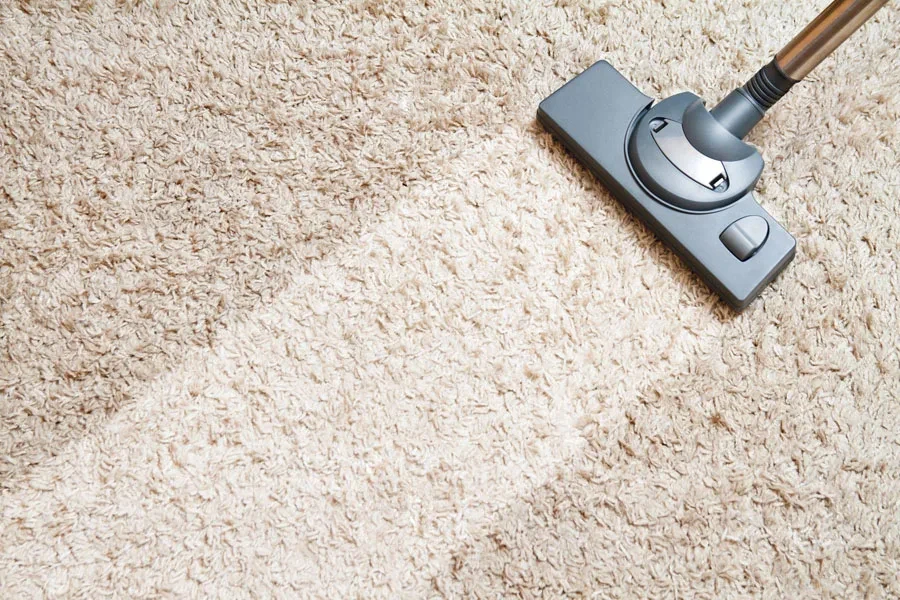
As we delve deeper into the criteria for selecting cleaning equipment in 2024, it becomes evident that understanding the nuances of efficacy, usability, and cost-effectiveness plays a crucial role in making informed decisions. These factors not only influence the operational success but also reflect the strategic foresight of businesses in maintaining their premises.
Beyond the buzz: Evaluating efficacy
In the quest for the ultimate clean, efficacy stands paramount. It’s not merely about the surface appearance but about achieving a deep, hygienic clean that ensures safety and well-being. The effectiveness of cleaning equipment is now measured against a broader spectrum of criteria, including the ability to eliminate pathogens, adapt to different surface types, and maintain performance over time. This comprehensive approach to evaluating efficacy underscores the importance of choosing equipment that meets the rigorous demands of today’s environments.
Comfort in the clean: Usability unpacked
Usability emerges as a pivotal consideration, where ease and efficiency define the user experience. Modern cleaning equipment is designed with the operator in mind, featuring ergonomic designs that minimize physical strain, intuitive interfaces that simplify operation, and advanced features that automate tasks. The emphasis on usability is not just about enhancing comfort but also about improving efficiency and productivity, enabling operators to achieve more with less effort.

The price of perfection: Balancing budgets and benefits
In the financial calculus of cleaner purchases, the balance between cost and value is critical. Today’s businesses scrutinize not only the upfront investment but also the long-term operational costs, including energy consumption, maintenance expenses, and the lifespan of the equipment. The pursuit of value extends to considering the total cost of ownership, where the benefits of advanced features, durability, and efficiency are weighed against the initial price tag. This nuanced approach to cost evaluation reflects a maturing market where businesses seek not just the lowest price but the highest return on investment.
These considerations mark a shift towards a more sophisticated approach to selecting cleaning equipment, where efficacy, usability, and cost-effectiveness are interwoven into the decision-making process. As businesses navigate the complex landscape of cleaner purchases, these criteria serve as beacons, guiding them towards choices that align with their operational needs and strategic objectives.
The cream of the crop: 2024’s standout cleaning machines

In the landscape of 2024, the cleaning industry showcases a remarkable array of machinery that stands out for their innovative capabilities, sustainability, and efficiency. These standout machines, through their advanced features and specialized functions, have set new benchmarks in the realm of cleanliness and maintenance.
Vacuum victors: Leading the charge in dust destruction
The forefront of vacuum technology in 2024 is marked by models that redefine what it means to combat dust and debris. These champions are not just vacuums but marvels of engineering that bring together powerful suction capabilities with smart technologies, ensuring that no speck of dust remains unaddressed. They offer a seamless blend of efficiency and convenience, with features that cater to diverse cleaning needs—from expansive commercial spaces to intricate residential areas. The leading models in this category are distinguished by their adaptability, able to navigate complex environments and surface types with unparalleled precision.
Carpet conquerors: Masters of the fibers
Carpet cleaning machines have undergone a transformation, emerging as conquerors of fibers that promise to rejuvenate and restore. The leading carpet cleaners of 2024 excel in penetrating deep into the weave, dislodging dirt, and reviving the vibrant appearance of carpets and rugs. These machines combine steam and extraction technologies not just for an effective clean but also for ensuring the longevity of the carpets they tend to. Their prowess lies in their gentle yet thorough approach, ensuring that every fiber is treated with care while achieving a level of cleanliness that sets a new standard.

Innovators and game-changers: Specialty stars
The specialty segment of the cleaning industry shines with machines designed to tackle unique challenges. From eco-friendly models that use minimal water and biodegradable cleaning agents to robotic cleaners that automate the cleaning process, these innovators are paving the way for a new era of cleaning solutions. They are characterized by their focus on sustainability, efficiency, and specialized functions, catering to niches that demand more than just surface cleaning. These machines represent the cutting edge of cleaning technology, designed with an eye toward the future where flexibility, environmental consciousness, and effectiveness converge.
As 2024 unfolds, the cleaning industry’s cream of the crop highlights a move towards smarter, more sustainable, and highly efficient cleaning solutions. These standout machines demonstrate the industry’s commitment to innovation, offering solutions that not only meet the evolving needs of businesses but also contribute to the well-being of the environments they operate in. The path forward is clear: embracing these advancements in cleaning technology is not just about maintaining cleanliness but about elevating the standards of hygiene and environmental responsibility.
Wrapping up: Your pathway to a cleaner tomorrow
In charting the course toward a cleaner tomorrow, the evolution in the cleaning industry demands a strategic approach in selecting equipment. Emphasizing cleanliness, convenience, and cost-effectiveness becomes essential. With the technological advancements and market shifts outlined, the path forward involves choosing solutions that not only meet today’s standards for thorough cleaning but also align with sustainability goals and adapt to the evolving landscape of consumer preferences. This approach ensures a commitment to not just maintaining, but enhancing, the cleanliness and health of spaces in a manner that is both efficient and forward-looking.
